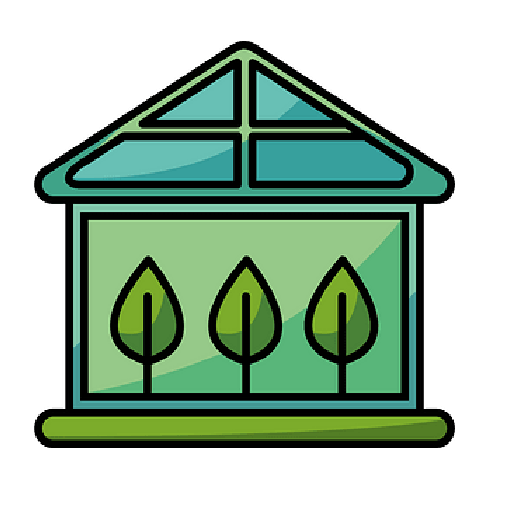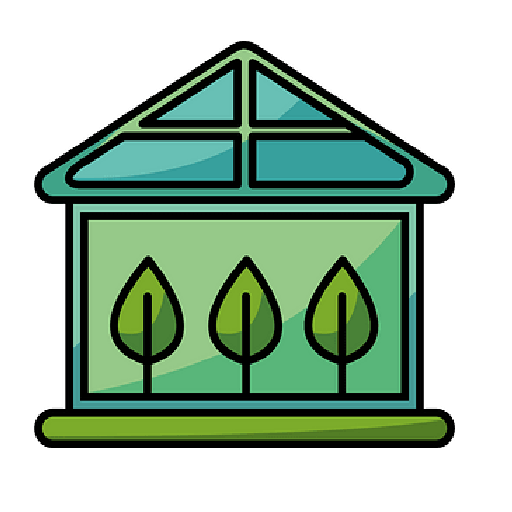Gardeners in my area are tearing their hair out because of the long drought we are going through. Being a gardener in Colorado for the past few years has been a grueling proposition. A severe drought led to water restrictions which limited the amount of water available for gardens and lawns to the point where plants could not survive. I had to make changes to my garden to use water more efficiently.
Down and here I am, the only one in the neighborhood right now with a vibrant and colorful garden! So I want to share some of the things I learned about saving water with anyone who has had to deal with a prolonged drought or lack of water.
The first thing I did was remove all the plants from the garden. The soil didn't hold moisture well, which forced me to use twice as much water as the plants needed to meet their nutritional needs. I added lots of good compost to the soil to keep water from escaping and to encourage the roots of my plants to grow and give more stability.
After having improved the soil in this way and made a new low water plan, I replaced my plants, but not in the same places as before. I tried to group them according to their water needs. I placed the plants that don't need a lot of water on one side and the groups that need more water on the other side. In this way, the plants that needed the most water were also brought together. It worked great because now I don't water with less need. Plants that need a lot of water get what they need without drowning my other plants. I save water and use what I can most efficiently.
Then I installed a drip irrigation system which helped me make the most of my limited water resources. The drip system was particularly effective in times of drought, as it kept the soil consistently moist without soaking it. The drip irrigation system does not waste a single drop of precious water. I lose very little to evaporation and I don't overwater or create conditions for rot and disease. What's really great is that all I have to do is turn it on, and it does the job. Gone are the hours of back bending with my garden water canister!
But these steps did not solve all my problems. I have found that some plants need so much water that they threaten the health of my other plants by reducing water in general. So I decided to replace hydrophilic plants with less water-intensive plants. I found paradise bamboo to use as a shrub to delineate the garden and make it more interesting. Both ornamental and drought tolerant, Paradise Bamboo has really improved the overall look of my garden. In the nursery, I learned that there was a wide variety of drought-tolerant plants that I could choose from.
I've replaced a few of our water-guzzling fuchsias with herbs that don't need a lot of water, and I've already seasoned our family's meals. And I removed the potted plants in my garden. They needed a lot of water, and a lot of it ran out of the bottom of the container anyway.
When I was buying plants that needed little water, I learned a lot about which flowers do well with less water. The varieties of Penstemon (or beardless tongue) recommended by the nursery were Moonbeam, Midnight, Apple Blossom and Garnet. They said if I wanted to attract butterflies or hummingbirds I should try Yarrow or Cosmos. Plants in the nursery don't look bumpy, but they are. They continue to produce beautiful flowers in drought conditions.
I already had a lot of lavender. I love it. It tolerates drought well. I have a large bunch of lavender plants in the lower part of my garden, and they are beautiful! I'm so glad I didn't have to remove these plants.
Another plant that works very well is pineapple sage. This two-foot-tall shrub really smells like pineapple and attracts the hummingbirds that start my days off so sweetly. I also use it to add a little spice to drinks.
I've had so much success adjusting my lawn for the long-term drought we're experiencing that I've made a decision. From now on, I will plan my garden according to how my plants use water. It doesn't matter if we are in a drought. Saving water is a practical and responsible goal for all gardening enthusiasts.
Going forward, I will make sure to use lots of compost and water conservation principles. But more than anything else, I give serious thought to how to landscape my garden to get the most out of water, no matter how much I have on hand.








0 Comments